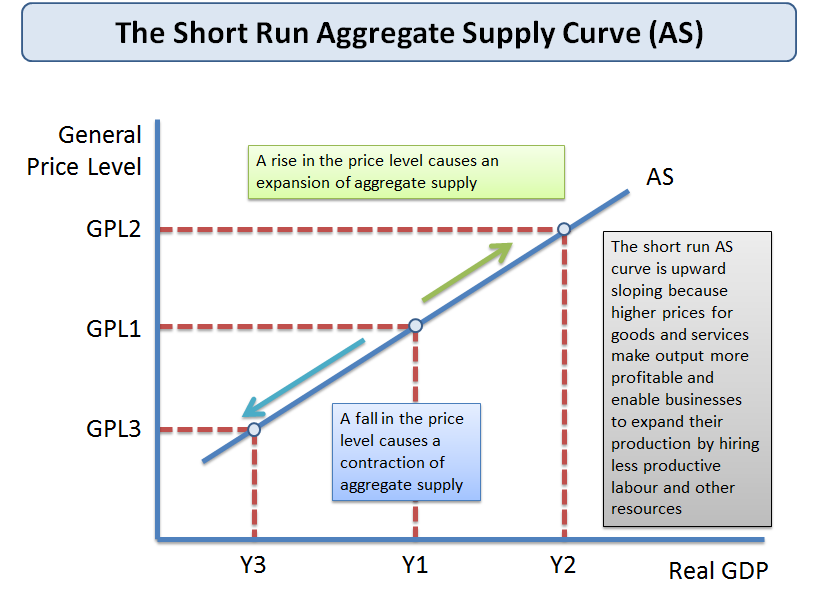Fiscal policy: Changes in the expenditures or tax revenues of the federal government. It is enacted to promote our nation's economic goals: full employment, price stability, and economic growth.
Two tools of fiscal policy:
- Taxes: government can increase or decrease taxes
- Spending: government can increase or decrease spending
Deficits, Surpluses, and Debt
- Balanced budget
- Revenues = Expenditures
- Budget deficit
- Revenues < Expenditures
- Budget surplus
- Revenues > Expenditures
- Government debt
- Sum of all deficits - Sum of all surpluses
- The government must borrow money when it runs a budget deficit
- The government borrows from:
- Individuals
- Corporations
- Financial institutions
- Foreign entities or foreign governments
Fiscal Policy Two Options
- Discretionary fiscal policy (action)
- Expansionary fiscal policy- think deficit
- Contractionary fiscal policy- think surplus
- Non-discretionary fiscal policy (no action)
Discretionary vs. Automatic Fiscal Policies
Discretionary fiscal policies
- Increase or decreasing government spending and/or taxes in order to return the economy to full employment.
- It involves policymakers doing fiscal policy in response to an economic problem.
Automatic fiscal policies
- Unemployment compensation and marginal tax rates are examples of automatic policies that help mitigate the effects of recession and inflation.
- It takes place without policymakers having to respond to current economic problems.
Expansionary fiscal policy
- Recession is countered with expansionary policy
- Increase in government spending (G ↑)
- Decrease in taxes (T ↓)
- The price level is increased: this means that expansionary fiscal policy creates some inflation.
Contractionary fiscal policy
- Inflation is countered with contractionary policy
- Decrease in government spending (G ↓)
- Increase in taxes (T ↑)
- The unemployment rate is increased: this means that contractionary fiscal policy creates some unemployment.
Weaknesses of Fiscal Policy
- Lags
- Inside lags take time to recognize economic problems and to promote solutions to those problems
- Outside lags take time to implement solutions to problems
Supply Side Economics
- Stimulate production (supply) to spur output.
- Cut taxes and government regulations to increase incentives for businesses and individuals. Businesses invest and expand, creating jobs; people work, save, and spend more.
- An increase in investment and productivity lead to an increase in output.
Demand Side Economics
- Stimulate the consumption of goods and services (demand to spur output).
- Cut taxes or increase federal spending to put money into people's hands.
- With more money, people buy more.
- Businesses increase output to meet the growing demand.
Automatic or Built-In Stabilizers
- Anything that increases the government's budget deficit during a recession and increases its budget surplus during inflation without requiring explicit action by policymakers.
- Transfer Payments (a type of automatic stabilizers)
- Welfare checks
- Food stamps
- Unemployment checks
- Corporate dividends
- Social security
- Veteran's benefits
Tax Systems
- Progressive
- When the average tax rate (tax revenue/GDP) rises with GDP
- Proportional
- When the average tax rate remains constant as GDP changes
- Regressive tax systems.
- When the average tax rate falls with GDP








